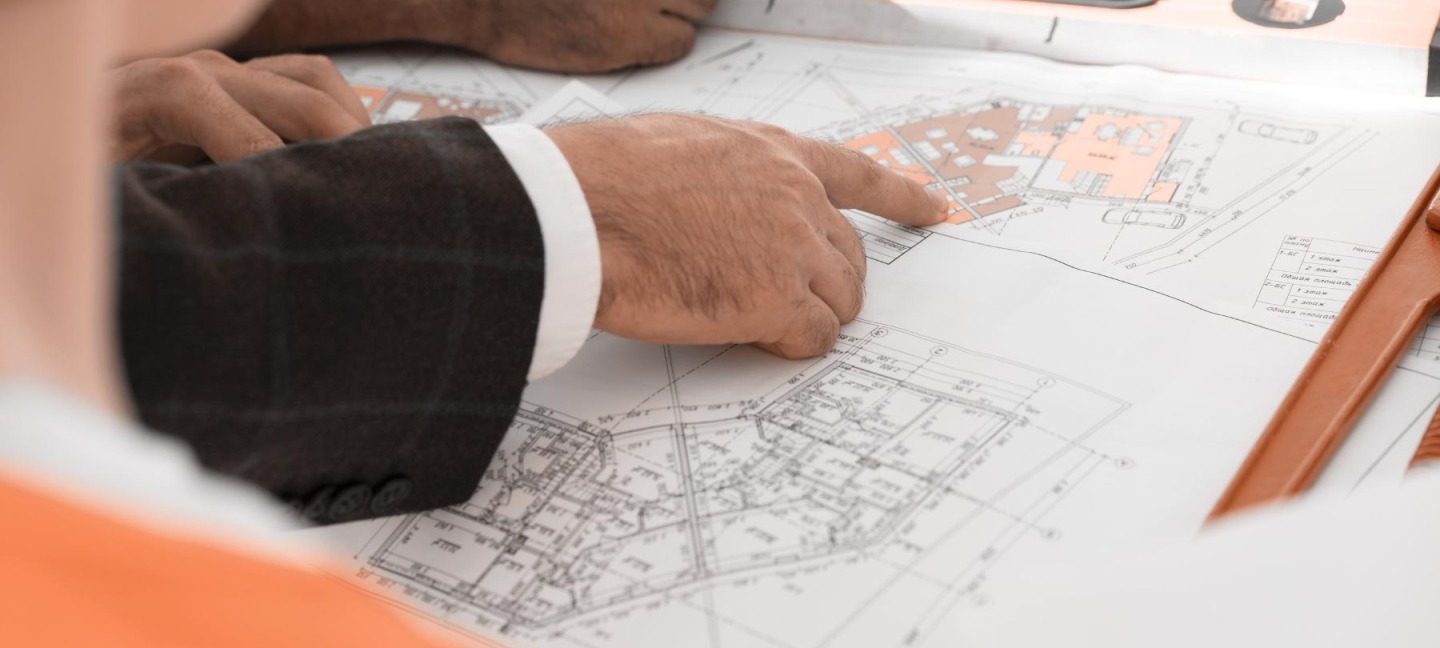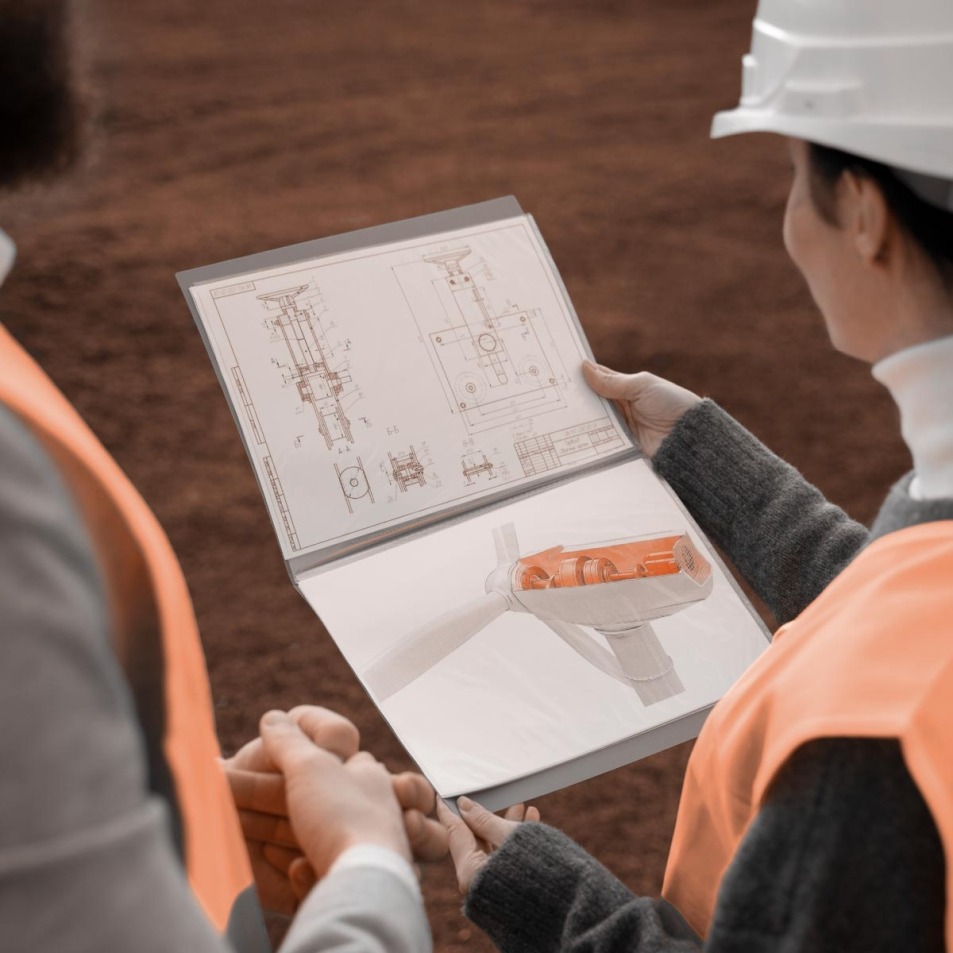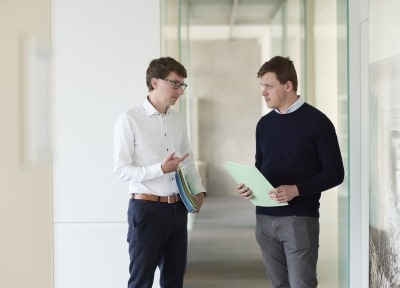Step by step to the green light: the environmental permit under the microscope

Setting up a new building project, operating a business, parcelling out land, renovating or reallocating a house, office or industrial site... In principle, anyone wishing to carry out a project as an entrepreneur or as a private individual must apply for an environmental permit. A legal hussle that can take a lot of doing these days, especially in view of the long, uncertain application procedures. NOMA partner Gregory Vermaercke developed his passion for agricultural and environmental law even before his university years, as a job student in an agricultural company. Today, decades of legal experience later, he and his specialised team of lawyers assist government and environment clients with their issues on environmental law in the broadest sense.

Environmental permit, complex array of legislation
Activities and projects that have a potential impact on the environment require an environmental permit before they can come into being. This can involve pure construction works, such as the erection of a house or the construction of a recreational site, as well as the operation of businesses. "The starting point here is clear: no one is entitled to a permit," Gregory argues. "For the environmental permit to be granted, the applicant must follow a certain procedure. This involves a certain lead time, after which the government concerned can issue the permit, and there is a risk of challenge."
The environmental permit is a Flemish instrument with a broad legal framework. The essence here is the Omgevingsvergunningsdecreet, which lays down the applicable procedural rules. But the legal framework goes wider, Gregory explains. "For example, there is the VLAREM legislation for environmental matters and the Flemish Codex of Town and Country Planning (VCRO) for everything urban. In addition, specific regulations such as nature legislation, forest legislation... In many files, the application procedure brings together legislation from different angles, which often leads to a complex story."
Applicant, government and environment as key stakeholders of the environmental permit
Besides an interplay of legislation, the number of stakeholders in a classic application procedure also runs high. Broadly speaking, there are three central stakeholders: the applicant, the competent authority and the neighbourhood or local area. Gregory explains:
"The applicant can be either a company or a private individual, often accompanied by his or her team of experts. This may be a technical office, an architect, an environmental or EPC expert... As a lawyer, we are also part of this team and support the applicant in the legal aspect. Then there is the government, which makes the final decision on the application file. What we mean by government should be interpreted broadly, including the various administrations and specialised advisory bodies. Finally, there is the neighbourhood, ranging from the immediate neighbours to the wider area. Especially in recent years, we see this third stakeholder becoming more important. Every project has to be supported in some way by its surroundings. If there is insufficient support, that is a crucial limiting factor today."

How long does it take to apply for an environmental permit?
Anyone who has recently applied for an environmental permit themselves or consulted the specialised literature knows that application procedures can take a very long time. That overregulation plays a crucial role in this, according to Gregory, is beyond dispute.
"Legislation is complex on the one hand, and not always one-to-one. So it can happen that one advisory body says A, and another says B. This over-juridisation is also reflected in the thickness of application files: where a thin booklet used to suffice, today these have become veritable bibles. The chance of a human error creeping in is always real." In addition, Gregory also notices that society's tolerance level has been declining in recent years. "That is sad to note. Is this because we live too close together, or does social media play a crucial role? I think it is a combination of different factors, but the conclusion is the same: more than before, projects are being blocked from the neighbourhood."
NOMA, specialist team of environmental law lawyers from the start of the application
Although the duration and outcome of an environmental permit procedure cannot be predicted, the successful outcome stands or falls with a correct application file. In doing so, NOMA prefers to be at the legal drawing board as early as possible. "Every professional has his field of activity. Just as the architect designs a high-quality plan, it is our expertise to follow legislation, case law and procedure to the letter and adjust where necessary. The earlier we are involved in this process, the more precisely we can submit the application and thus hedge potential risks."
The focus is therefore on preventive advice, although unfortunately proceedings cannot be ruled out. "Even then, we advise and assist clients. What advice comes in? Are objections raised during the public enquiry? How can we accommodate any dissatisfaction? Entrepreneurs do not benefit from lengthy proceedings, but want an efficient and pragmatic solution. Mediation is the key here to move the project forward from a win-win perspective. In addition, we follow the literature closely, play fast and apply new case law, for example, immediately in a case." A personal and positive approach, in which our lawyers actively dare to assist, is paramount. "Everything hinges on specialisation. At NOMA, we have a very deep knowledge of environmental law that we translate into concrete advice tailored to each client. In this way, we provide a capstone that entrepreneurs and public authorities can really use."

Gregory has been at the bar since 2006 and started his career at Marlex under the wings of Marc D'Hoore. Over the years, he specialised in the legal fields of government and environment, agricultural law and real estate. In addition to a highly personal, dedicated case approach, Gregory puts maximum effort into sharing expertise, both with clients and within his team. In addition to providing training, he regularly publishes contributions in professional literature and recently wrote the book 'Pacht. Clarification within the Flemish Tenancy Decree'. In addition, Gregory has been a recognised mediator with the Council of Permit Disputes since 2023.
Engage an environmental law lawyer?
NOMA assists entrepreneurs and public authorities with various legal issues related to environmental and agricultural law. Schedule your visit at one of our offices, our lawyers will be happy to help you.
Legal tips on the way?
Welcome to Law by NOMA, a crystal-clear look at current legal events. In this podcast, NOMA's lawyers share their expertise.
Practical, accessible and to the point, tailored to ambitious entrepreneurs and companies.




